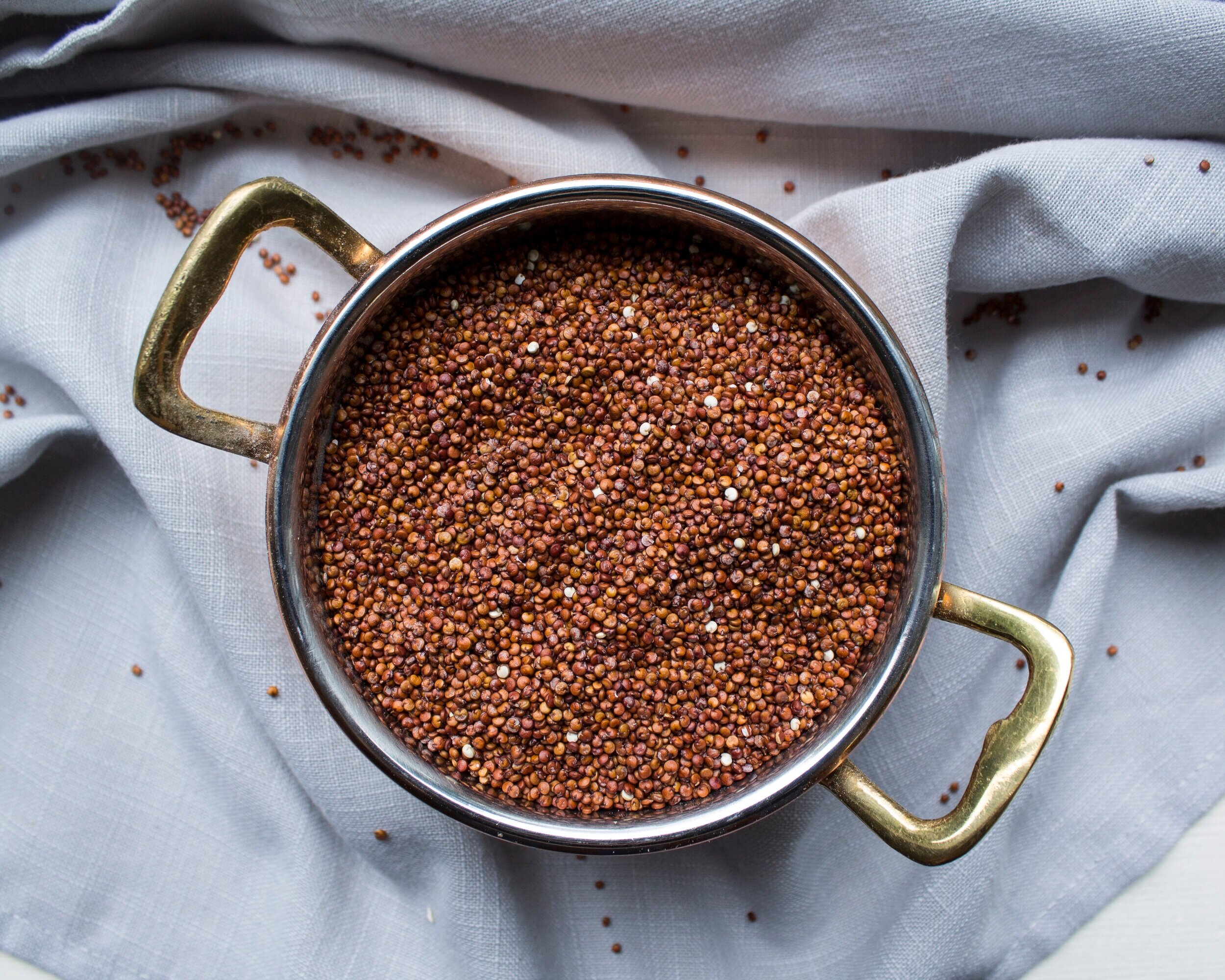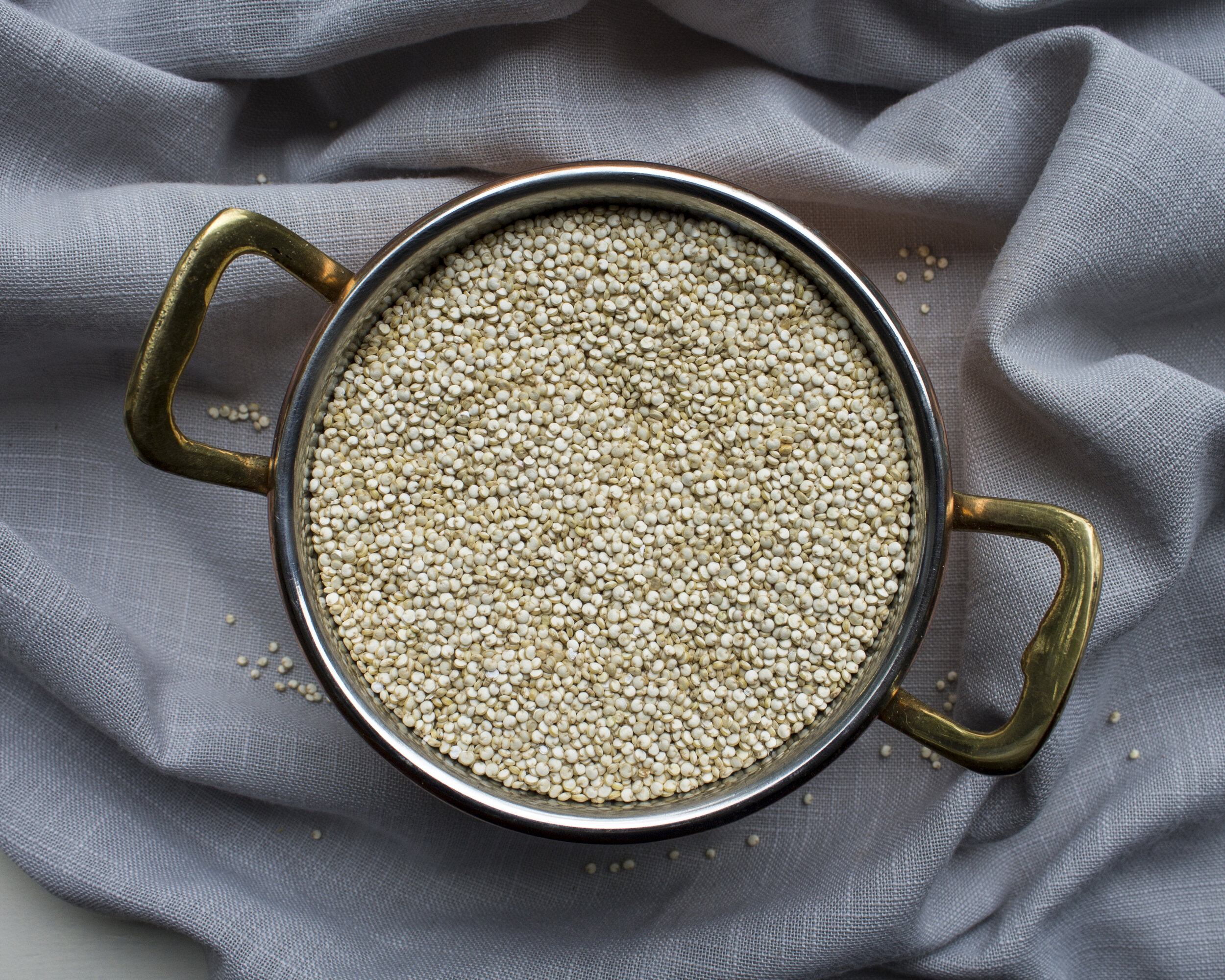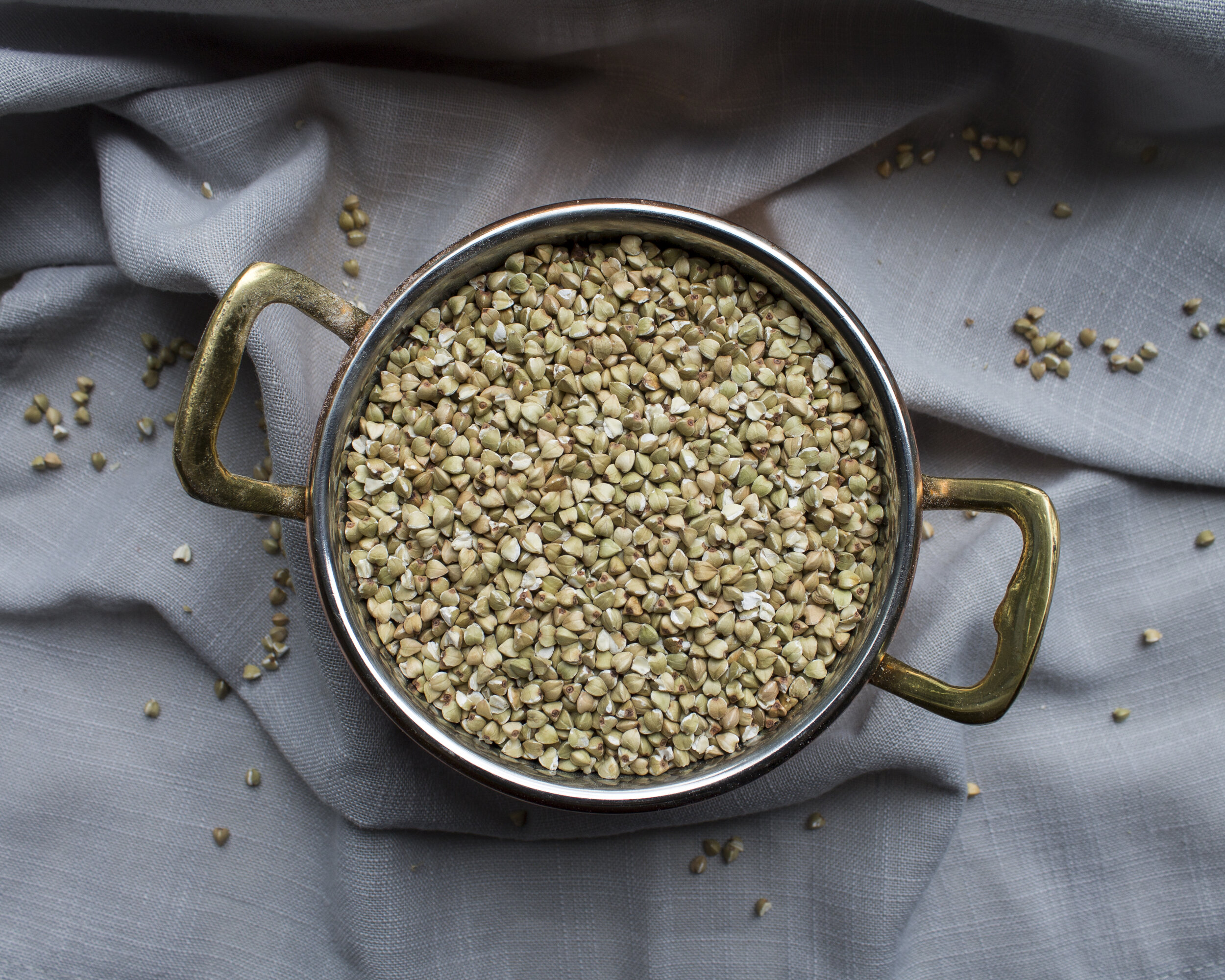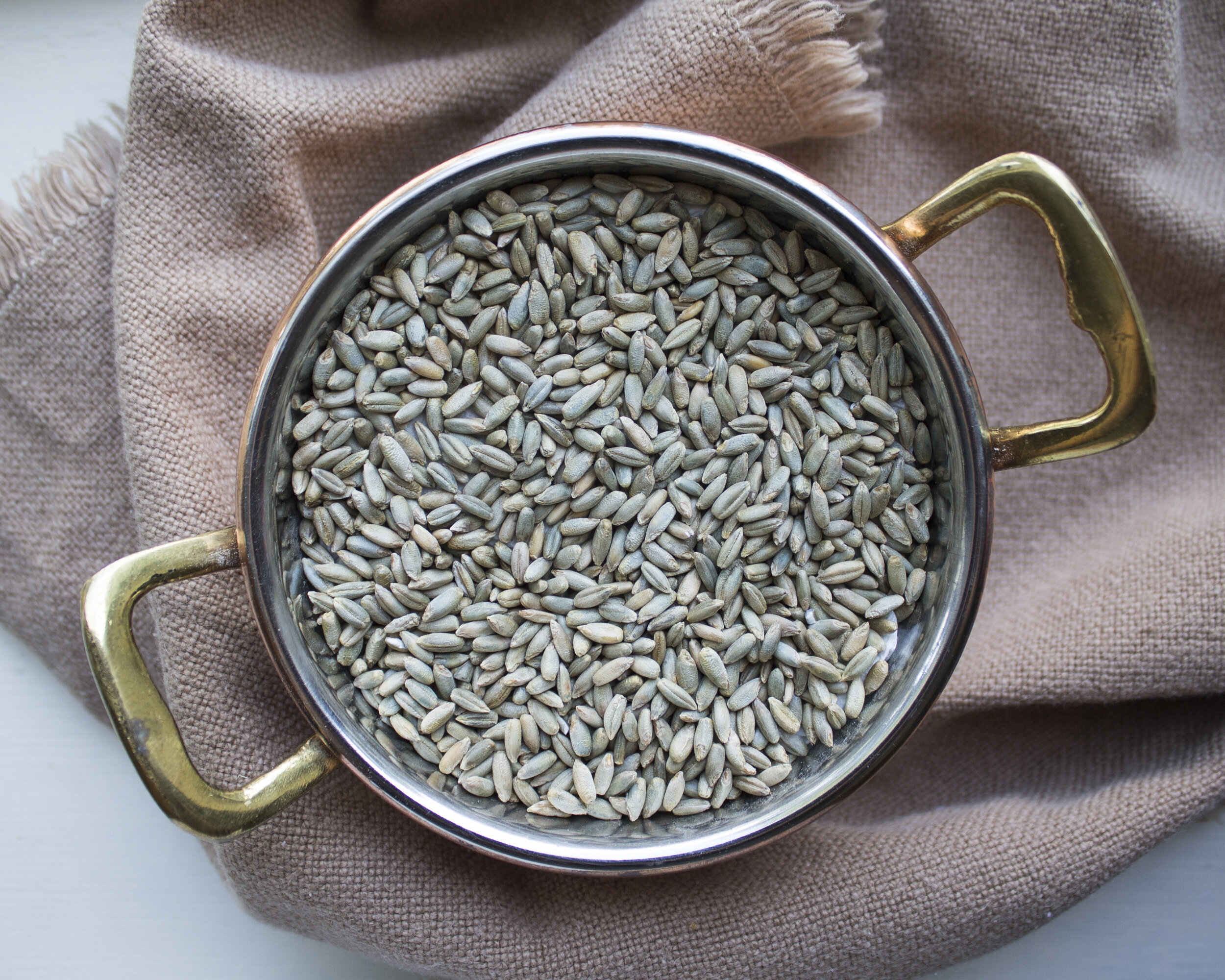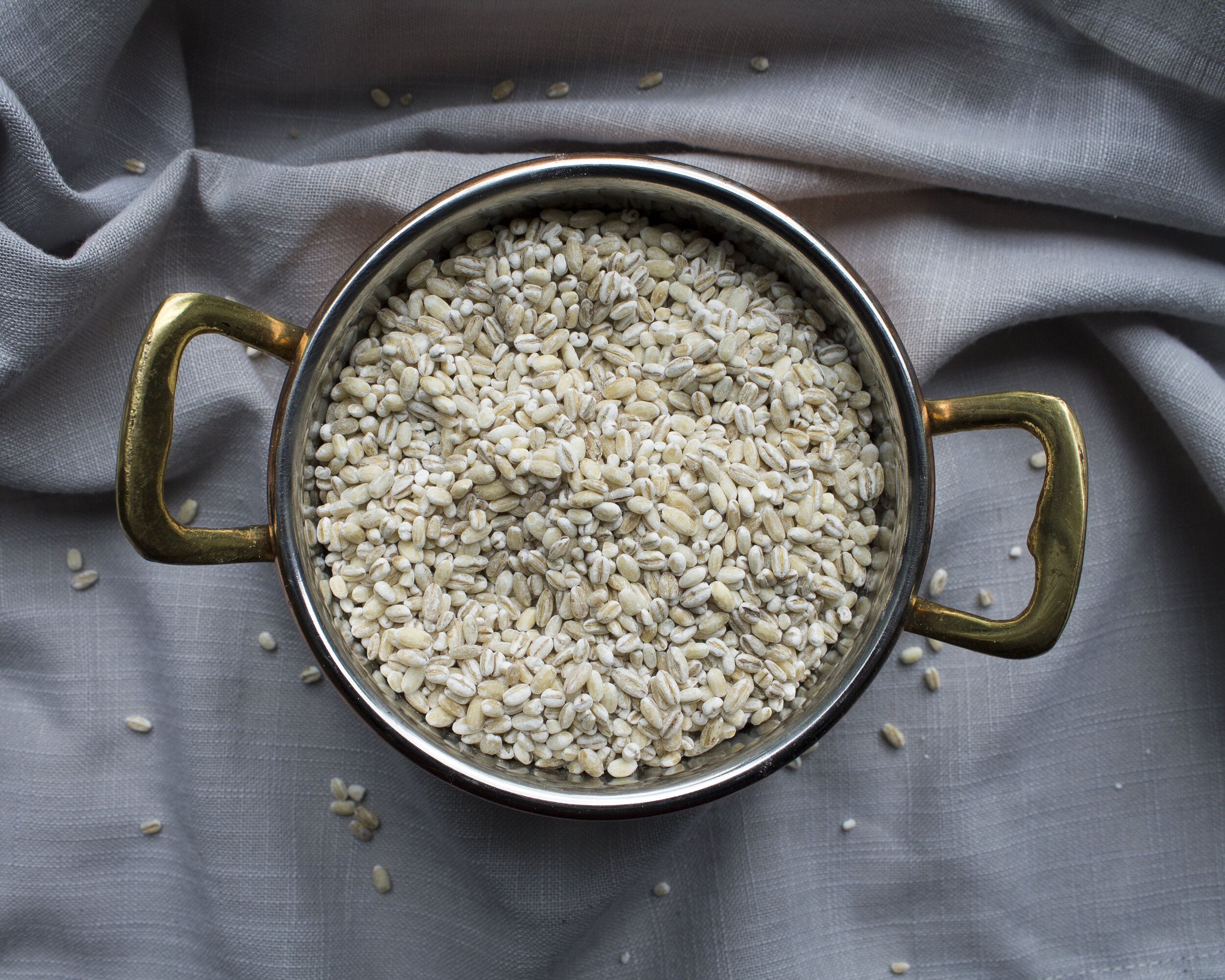Spelt kernels organic
Spelt but has been cultivated in Europe since 5000BC. Spelt contains gluten but as it differs biologically from wheat varieties commonly used for flour, it can sometimes be eaten by those with gluten intolerances. Spelt has a nutty flavour similar to that of wild rice and can be used as a side dish, in salads, soups and stews.
Whole grains are best stored in an airtight container in a cool place. They can be stored up to a year in the freezer or 6 months in the pantry. Whole grain flour is best stored in the freezer. If the grains or flour have a rancid smell, it’s best to buy a fresh batch.
1kg
Spelt but has been cultivated in Europe since 5000BC. Spelt contains gluten but as it differs biologically from wheat varieties commonly used for flour, it can sometimes be eaten by those with gluten intolerances. Spelt has a nutty flavour similar to that of wild rice and can be used as a side dish, in salads, soups and stews.
Whole grains are best stored in an airtight container in a cool place. They can be stored up to a year in the freezer or 6 months in the pantry. Whole grain flour is best stored in the freezer. If the grains or flour have a rancid smell, it’s best to buy a fresh batch.
1kg
Spelt but has been cultivated in Europe since 5000BC. Spelt contains gluten but as it differs biologically from wheat varieties commonly used for flour, it can sometimes be eaten by those with gluten intolerances. Spelt has a nutty flavour similar to that of wild rice and can be used as a side dish, in salads, soups and stews.
Whole grains are best stored in an airtight container in a cool place. They can be stored up to a year in the freezer or 6 months in the pantry. Whole grain flour is best stored in the freezer. If the grains or flour have a rancid smell, it’s best to buy a fresh batch.
1kg


